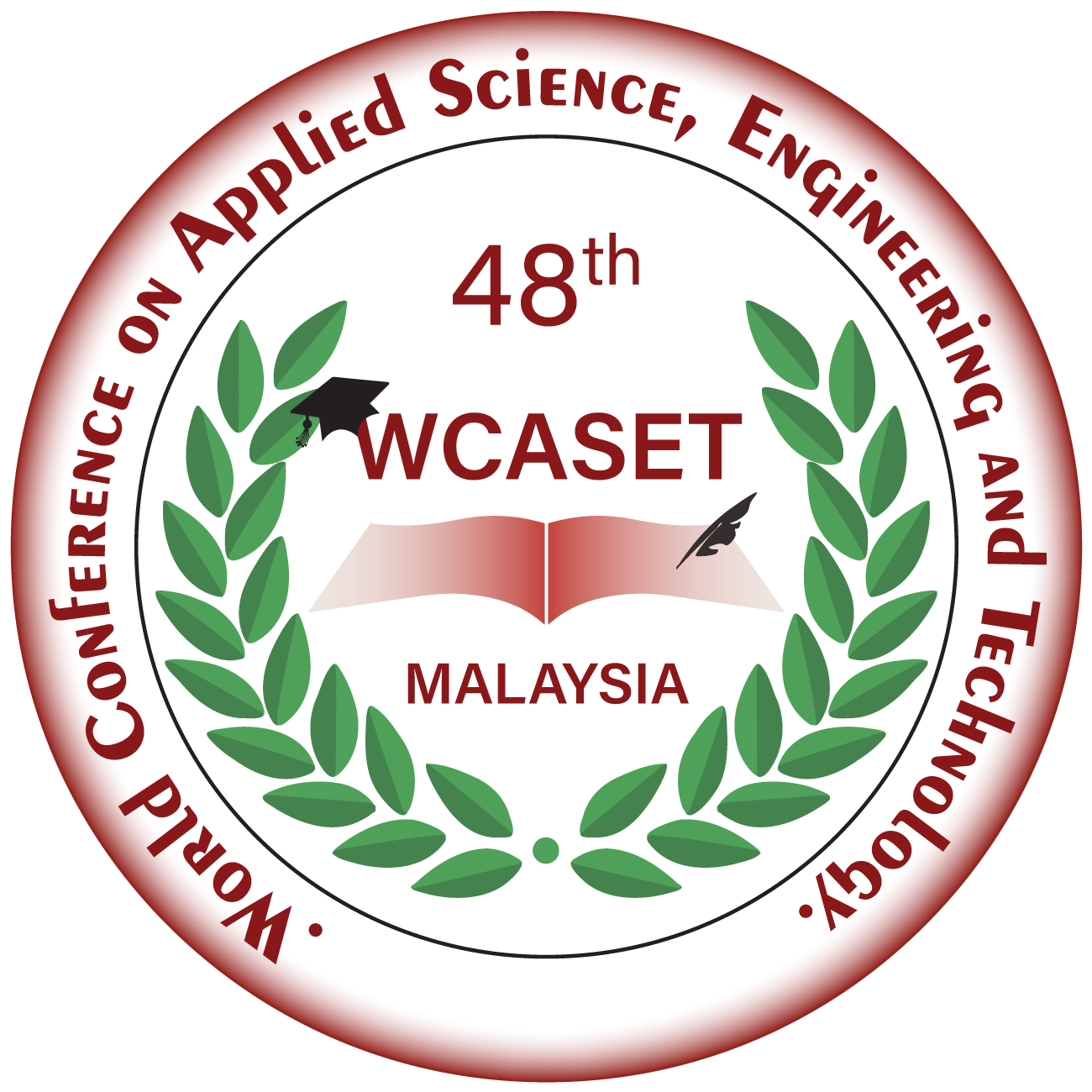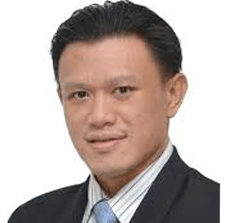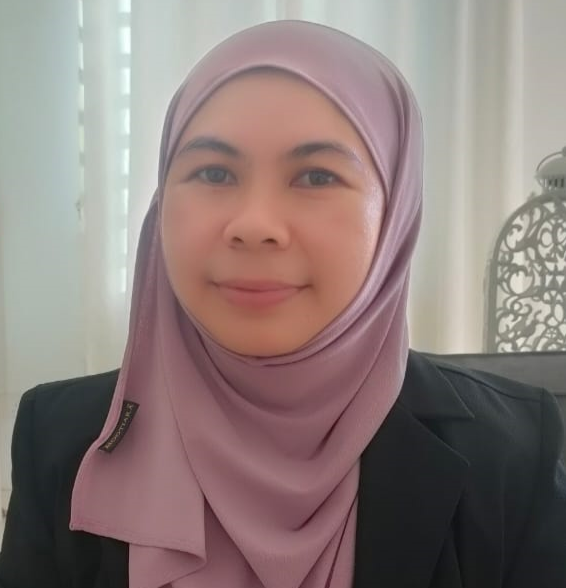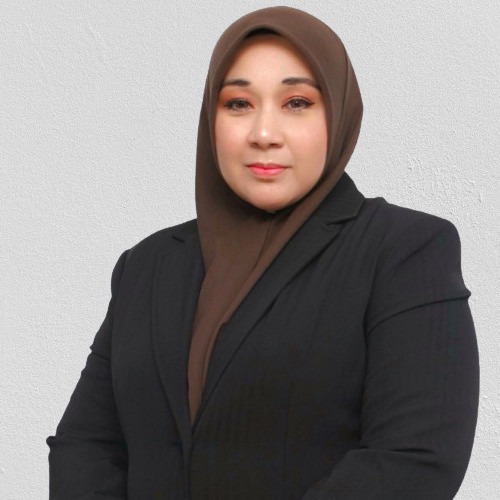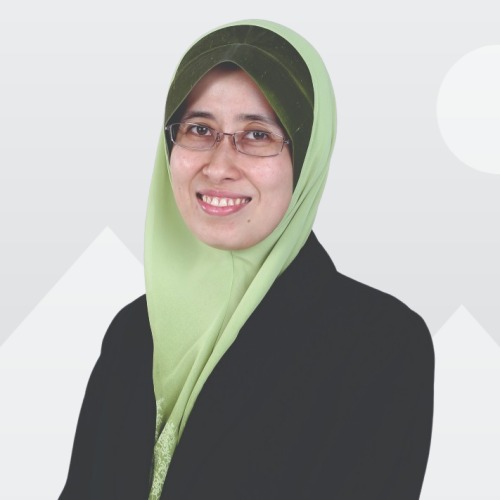Suhizaz Sudin is a senior lecturer at Universiti Malaysia Perlis (UniMAP) with over 20 years of
experience in computing, networking, and system development. He specializes in cybersecurity, the
Internet of Things (IoT), and big data applications. He has been involved in academic and industry
roles, contributing to various technological innovations. In 2016, he was appointed to the National
Cybersecurity Task Force by the Malaysia Science Academy. His research interests span from
encryption algorithms to system optimization, often focusing on mobile network security and sports
technology.
His research primarily revolves around several key areas in computing, focusing on system
development, cybersecurity, and the application of technology in various fields, including sports
engineering. His work frequently involves encryption algorithms, network security, and the
development of secure systems for both web and mobile platforms. One of his notable early studies
includes an analysis of encryption algorithms for text length size on web browsers, addressing the
performance and security trade-offs in different algorithmic approaches.
His work also extends into strategic information system planning, comparing practices between
countries like Malaysia and New Zealand. This cross-cultural analysis explored how businesses in both
countries approach information system implementation, reflecting his broader interest in how
technological practices differ globally.
Suhizaz has made significant contributions to the Internet of Things (IoT) and big data, particularly in
their application to sports and agriculture. For example, he worked on developing chatbots for
dynamic web-based knowledge management systems in small-scale agriculture, showcasing his
versatility in applying technology to diverse sectors.
One of his key contributions to cybersecurity includes studies on mobile network vulnerabilities,
where he analysed emerging threats and challenges in securing personal area networks. This focus on
mobile networks reflects his broader interest in securing digital communication systems against new
forms of cyber threats.
In recent years, he has also ventured into sports technology, with his research on blockchain
technology's impact on the sports industry and the development of automated systems for scoring in
sports events. His role as the Head of the Computing Group within the Sports Engineering Research
Centre at UniMAP has allowed him to lead projects that merge his expertise in computing with the
evolving field of sports engineering. Suhizaz Sudin has played key roles in academic administration and
research supervision, particularly in his capacity at Universiti Malaysia Perlis (UniMAP). As a senior
lecturer and the Head of the Computing Group within the Sports Engineering Research Centre, he
oversees several research initiatives that bridge the gap between traditional computing and applied
technology in sports. His leadership responsibilities involve guiding teams in the development of IoT
systems, big data applications, and cybersecurity measures for sports-related projects.
In terms of research supervision, Suhizaz has mentored numerous graduate students and junior
researchers, particularly in fields such as encryption technology, mobile network security, and system
development. His supervisory role is not limited to technical expertise but extends to the practical
application of these technologies, especially in interdisciplinary areas like sports engineering and
agriculture. His involvement in sports technology projects—like the development of automated
scoring systems and blockchain applications in sports—further emphasizes his administrative
capability in managing diverse, high-impact research.
His administrative duties also involve fostering collaboration across different research areas, ensuring
that projects are not only innovative but also aligned with broader national and international
technological trends.
Suhizaz Sudin possesses extensive technical knowledge and experience, particularly in the fields of
cybersecurity, encryption, Internet of Things (IoT), big data, and system development. His expertise
spans over 20 years, during which he has made significant contributions to both academia and
industry. Suhizaz’s technical strengths lie in his ability to integrate complex computing technologies
into practical solutions for various domains, including mobile networks, sports technology, and
agriculture
Overall, Suhizaz Sudin's strengths lie in his deep technical knowledge, his ability to apply computing
solutions to real-world problems, and his leadership in pushing the boundaries of innovation in
cybersecurity, IoT, and sports technology.

